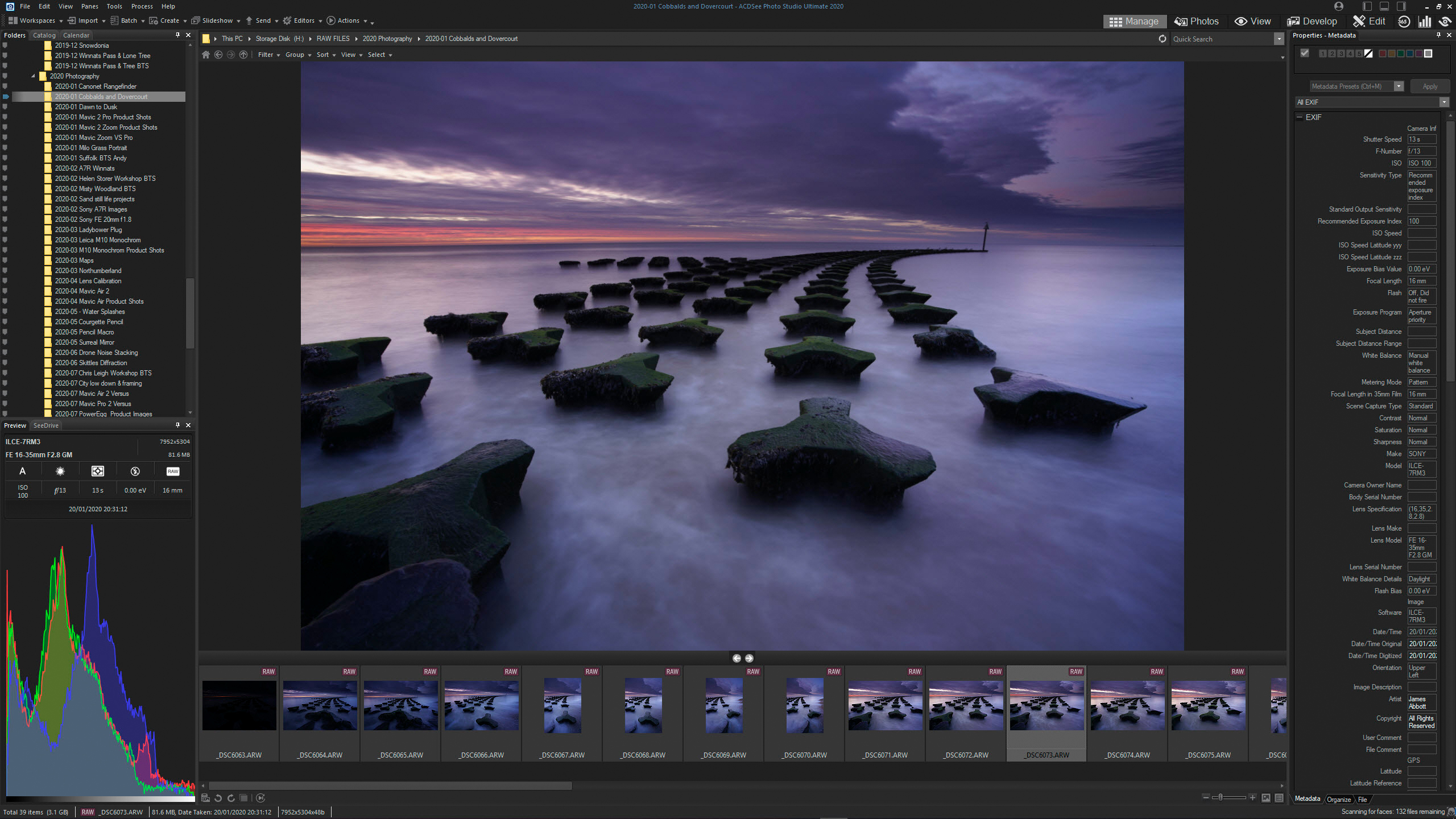

- #REVIEW ACDSEE PHOTO STUDIO 4 MAC SOFTWARE#
- #REVIEW ACDSEE PHOTO STUDIO 4 MAC SERIES#
- #REVIEW ACDSEE PHOTO STUDIO 4 MAC MAC#
#REVIEW ACDSEE PHOTO STUDIO 4 MAC SOFTWARE#
Photo software is a competitive market and ACDSee needs to add a few more features for Photo Studio 6 to be able to catch up with the likes of Adobe Lightroom and DxO PhotoLab 3. The lack of a set of clone and repair tools and the absence of selective edits in layers is a shame and something I’d like to see in an update. The comprehensive batch processing function, that applies changes or keywords to lots of images with a single click, is slick. I particularly like the Map Pane with its ability to geotag multiple images simply by dragging and dropping them onto the map. The search feature is fast and snappy, while the easy selection of images in multiple tabs is a great time saver. The interface is clean and easy to use, especially in full-screen mode.

It’s so easy and straightforward to use and there’s aren’t lots of complicated or buried palettes with too many choices. There are plenty of time-saving features included for effectively organizing images and adding keywords to a library of photos.
#REVIEW ACDSEE PHOTO STUDIO 4 MAC MAC#
Verdict: The developers at ACDSee have done a great job updating the Mac version of Photo Studio 6. There are presets available for converting images to black and white. ACDSee has even provided some creative presets to get users started. All sorts of changes can be made to multiple images including resizing and sharpening. For example, if you wanted to adjust the white balance of a day’s shoot, then that just takes a few clicks. The presets can even be applied to entire batches of images.
#REVIEW ACDSEE PHOTO STUDIO 4 MAC SERIES#
This means the process won’t mess with original image files.Īs with any good image editor, it’s possible to save all the adjustments a user makes into presets so that a whole series of complex adjustments can be applied to an image with a single click. Incidentally, all the adjustments applied in the Develop Mode of Photo Studio 6 are non-destructive.

If the ability to clone and repair parts of an image is important to you, take a look at DxO’s PhotoLab 3 or Adobe Lightroom. At the moment, there are no clone or repair tools and that, for me, is an oversight that needs correcting very soon. This is the one disappointment of Photo Studio 6 because it only offers a red-eye repair tool. There’s also a Geometry Pane that has settings for sorting out the rotation, cropping and vertical or horizontal adjustments of an image’s geometry. The Detail Pane offers comprehensive sharpening functions for adding an edge to an image to give it more pop, depending on whether it will be printed or viewed on-screen. The Tune Pane has adjustments for settings like exposure, brightness, contrast, white balance, highlights, and shadows, etc. Like all good photo editors, ACDSee Photo Studio 6 also has a good set of image adjustment tools in the Develop Mode. The Map Pane in Photo Studio 6 is an easy way of managing and applying GPS data to photos. It's also possible to select a pin on the map and use the Reverse Geocode function to write the location data to the corresponding IPTC fields in an image using just three clicks. This is so handy if you’ve forgotten to turn on GPS function on your camera or if you have a bunch of older photos that have no GPS data already embedded in them. It’s a great feature for travel photographers and I like how it's possible to drag and drop image files onto a location on the map and instantly geotag the photo or even a whole folder of images. Image files that have GPS location details embedded in them are automatically recognized by the software and can be displayed on a world map showing the user where and when the images were taken. It's the perfect tool for making blue skies bluer or stunning orange sunsets that bit more orangey, just don't overdo it! It's possible to isolate exact colors and then edit them to perfection. Saturation, brightness, and hue can all be adjusted using sliders in both Standard and High-Quality modes. The RAW image processor built into Photo Studio 6 has plenty of controls for turning RAW image files into finished photos and includes a sophisticated color editor that gives access to no fewer than eight separate color ranges.


 0 kommentar(er)
0 kommentar(er)
